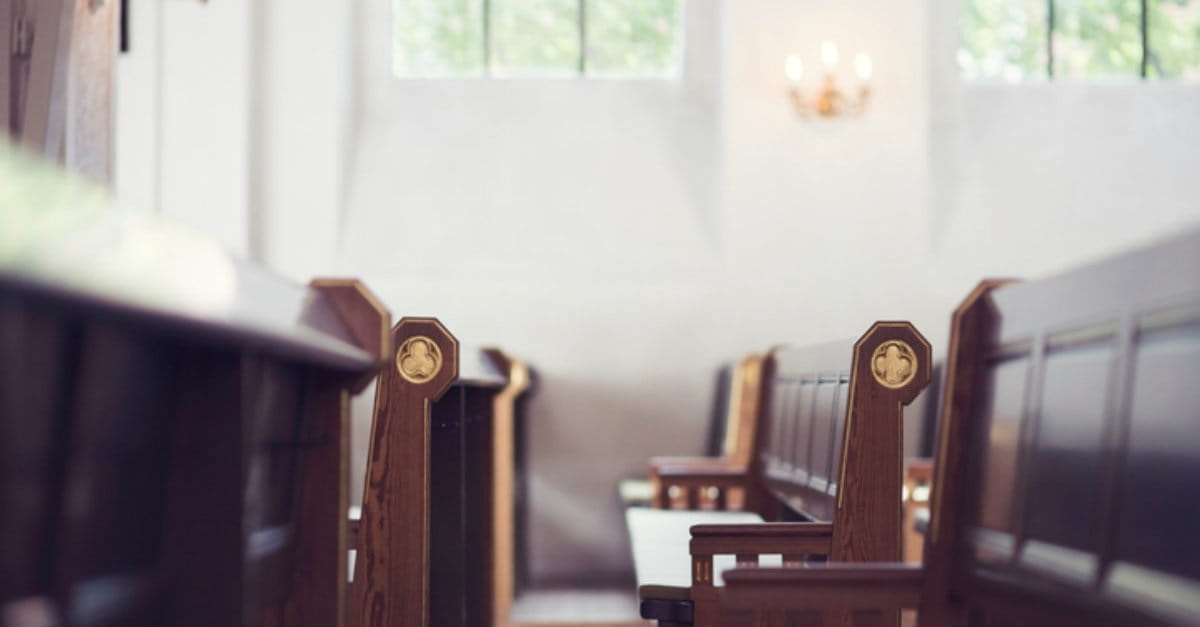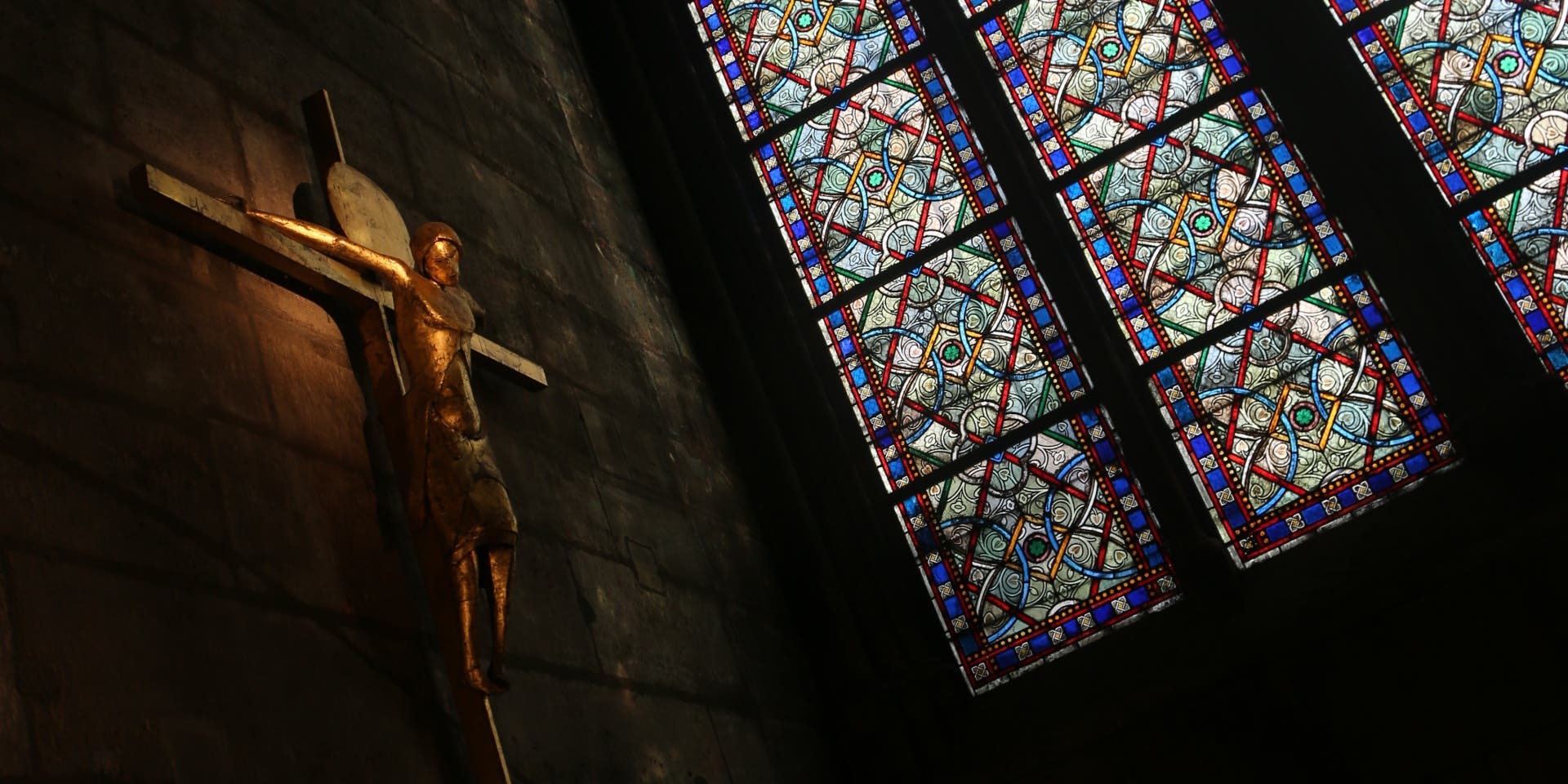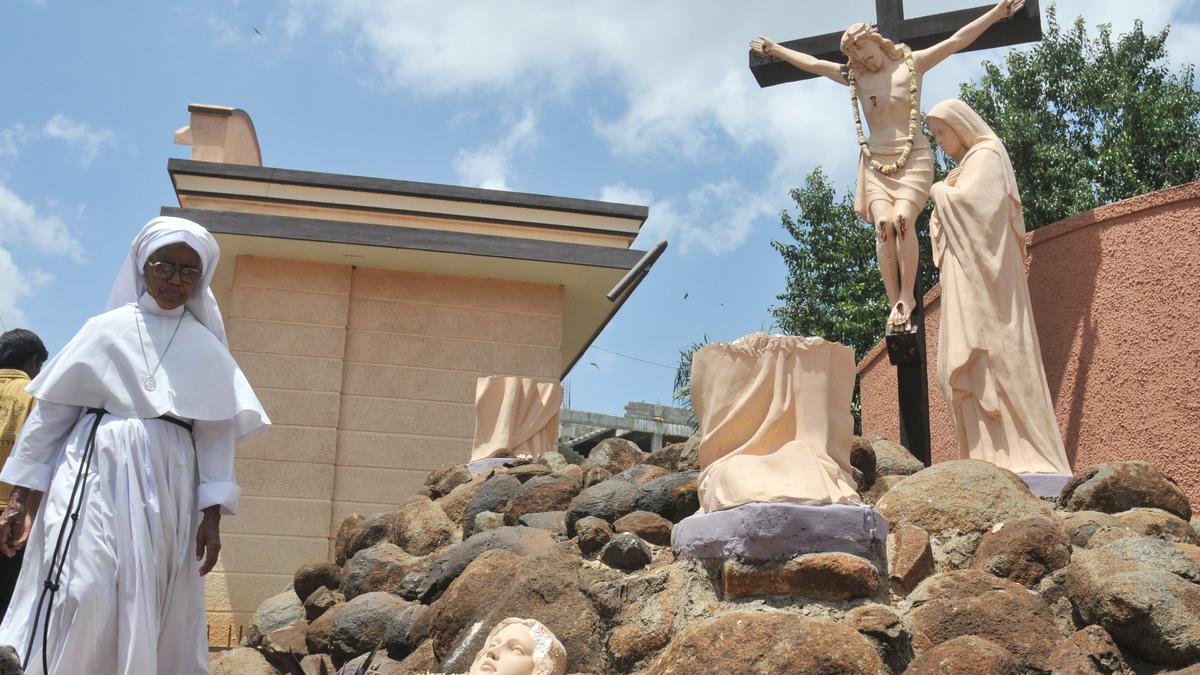Introduction: When God Leaves the Building
The castle, the pyramid, and the Gothic cathedral are all types of buildings whose size and historical significance seem unchangeable. For hundreds of years, these tall stone giants were the tallest buildings in the world, representing people’s desire to reach new heights. But today, a big change is happening all over Europe and North America. Many of these famous buildings, from little Gothic revival churches to huge Neo-Gothic cathedrals, are being left behind.
The problem isn’t that it’s not beautiful; it’s that it doesn’t have a purpose and doesn’t have enough money. As congregations dwindle and upkeep expenses soar into the millions, preservationists, developers, and communities confront a challenging and frequently contentious decision: demolition or adaptive reuse? This is the main point of the Deconsecration Dilemma, and it is one of the most talked-about issues in architectural preservation right now.
The problem is that the structure was made for a single, sacred purpose, so finding a new use for it is hard. As a result, there are a lot of surprising and often jarring changes that start global debates about the integrity of architecture and the meaning of hallowed spaces. Can a place’s essence live on even when the ceremonies that made it special are gone?

Source: crosswalk.com
The Rise of Deconsecration
There is no denying the trend. At an unprecedented rate, churches are being closed, sold, and put to new uses. By 2025, it is thought that almost two-thirds of the Catholic churches built in the Netherlands since 1900 would close. The statistics are comparable in the UK. Even in the US, old Catholic dioceses are merging, leaving huge buildings empty.
Economics are what make adaptive reuse necessary. It’s quite expensive to keep up a Gothic cathedral because of its intricate ribbed vaults, large stained glass windows, and kilometers of delicate brickwork on the outside. Architects say that the best way to protect these works of art is to find a new, useful use for them instead of letting them fall apart, which would mean losing significant constructed history.
But the question still stands: what should a building whose design was based on theology be used for? These buildings were amazing feats of architecture that let in light, echoed music, and drew the eye to the divine. To change them, you need to be very careful about architecture.

Source: artofit.org
The Sacred Skatepark (Kaos Temple) as a Case Study
The Kaos Temple (La Iglesia Skate) in Llanera, Asturias, Spain, is the best example of how church conversions can be both controversial and creative.
The Church of Santa Barbara was built in 1912 in a unique style that combined pre-Gothic and neo-Romanesque elements. After the Spanish Civil War, it fell into disrepair. By the early 2000s, it was just a broken shell. A group of fans and the local council worked with artist Okuda San Miguel to turn the old church into a lively, usable indoor skatepark. This is a great example of community initiative and urban ingenuity.
The conversion is beautiful and completely non-religious. The vaulted ceilings, which may have originally held dark religious murals, are now bright, colorful canvases of geometric forms and pop-surrealist figures. The chancel and apse are currently used as half-pipes and ramps. The tall, vertical Gothic architecture here is used for physical flight instead of spiritual transcendence.
This project is a success for modernist architects since it turns a run-down building into a useful public space. For traditionalists, it is an act of deconsecration that is almost sacrilegious—the complete removal of the “spirit of place.” But without this drastic action, the structure would probably be in ruins today, showing that sometimes strong steps are needed to protect history for the long term.

Source: bizjournals.com
The Luxury Dilemma: From Pulpits to Penthouses
The Kaos Temple is a community-focused, although edgy, solution, but the residential conversion is another sort of adaptive reuse that causes the same amount of controversy, if not more. The Church to Apartments Transformation in the Netherlands and several luxury condo conversions in the US and UK illustrate that there is a demand for unique, high-ceilinged spaces in the market.
It is quite hard to change a tall, open-plan church into many levels of living space. Architects have to put new, horizontal floors into a vertical space that wasn’t made for them, and they usually can’t touch the ancient stone walls or the delicate rib vaulting. This usually means “building within a building,” where new steel or wood constructions are supported by new internal columns or cantilevered off the main walls.
The moral issue here is about money. Critics say that these opulent adaptations take away the building’s social and civic meaning, turning a public asset into a private home. The case against residential conversion is that a “Post Religious Use” should keep a similar public role, like a library, museum, or community center, to make up for the loss of its original purpose.

Kaos Temple – All photos by Elchino Pomares – Courtesy of Ink and Movement.
The Architectural Integrity and Engineering Tightrope
For an architect, adapting Gothic architecture is a great way to learn how to compromise. The buildings were built to be quite specific:
Flying Buttresses: These outside supports were very important for stopping the tall, massive ribbed vaults from pushing out. Any changes made to the main nave construction must not affect the loads that are sent to the buttresses.
Light and Volume: The whole Gothic experience is based on huge, open spaces that are filled with light from huge stained-glass windows. Adding new floor plates, dividing walls, or a lot of insulation completely changes the story of this space.
Architects that work on these projects, including the ones listed on sites like ArchDaily, have to follow tight rules for preserving history while still using current methods. Success often hinges on making changes that can be completely undone—new parts that fit easily into the old structure and can be taken out without hurting it. This means using new truss systems or laminated wood parts that spread weight evenly across the current structure.
Frame from Okuda San Miguel’s interview – below.
Keeping the “Spirit of Place” Alive
The argument goes beyond bricks and architecture to philosophy. Does a structure lose its soul when it stops serving its purpose? Heritage experts often talk about how important it is to protect the “intangible values” or “spirit of place” (genius loci).
Successful projects, such as turning an old church into a music hall or a library, generally keep the original space’s utilitarian resonance. The sound quality needed for worship works perfectly for musical performance. The silence and height of the nave make it a good place to think and study.
But a residential conversion or a skatepark should only be allowed if the new use is respectful enough to keep the building’s materials. As one academic study on ecclesiastical history showed, the collaborative efforts including architects, stakeholders, and local communities are the most crucial factor in the achievement of these complicated, value-laden buildings. If a building is put back into use for the community, it might be argued that the constructed history has been maintained, even if the “sacred” purpose has been given up for a sustainable future.

Waring Abbott/Getty Images
Conclusion: The Stone Giants’ New Life
The trip from holy shrine to half-pipe is full of moral conflict, but in the end, it is a practical necessity. The world can’t let its monuments, especially those made with the long-lasting Gothic style, break apart.
Even though the changes are controversial, they show an indisputable truth: the biggest danger to a historic structure is not using it. Architects aren’t trashing the past by using radical adaptive reuse; they’re discovering ways to pay for the future. The fact that a cathedral may become a library, a high-tech office, or a beloved sacred skatepark is a strong reminder that architecture, even the most impressive, must change to be alive. This is the next chapter for our stone giants. They will have a lasting legacy that is not only based on respect, but also on a bold and creative change.
For more content like this CLICK HERE!!
Reference
Skate Park, Nightclub, AirBnB: The World’s Most Creative “Conversions” Of Churches





